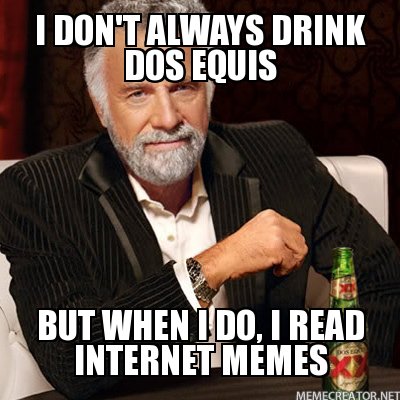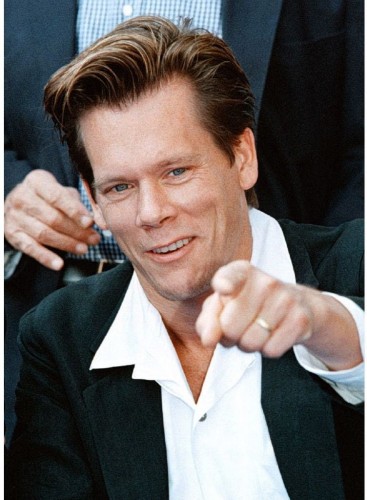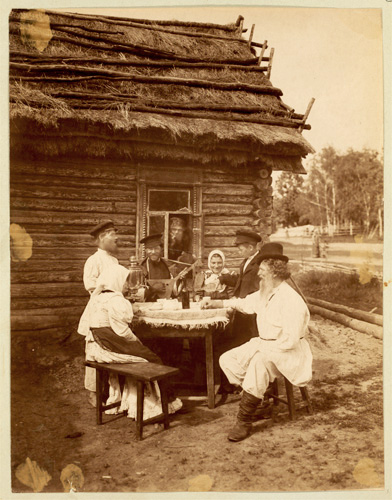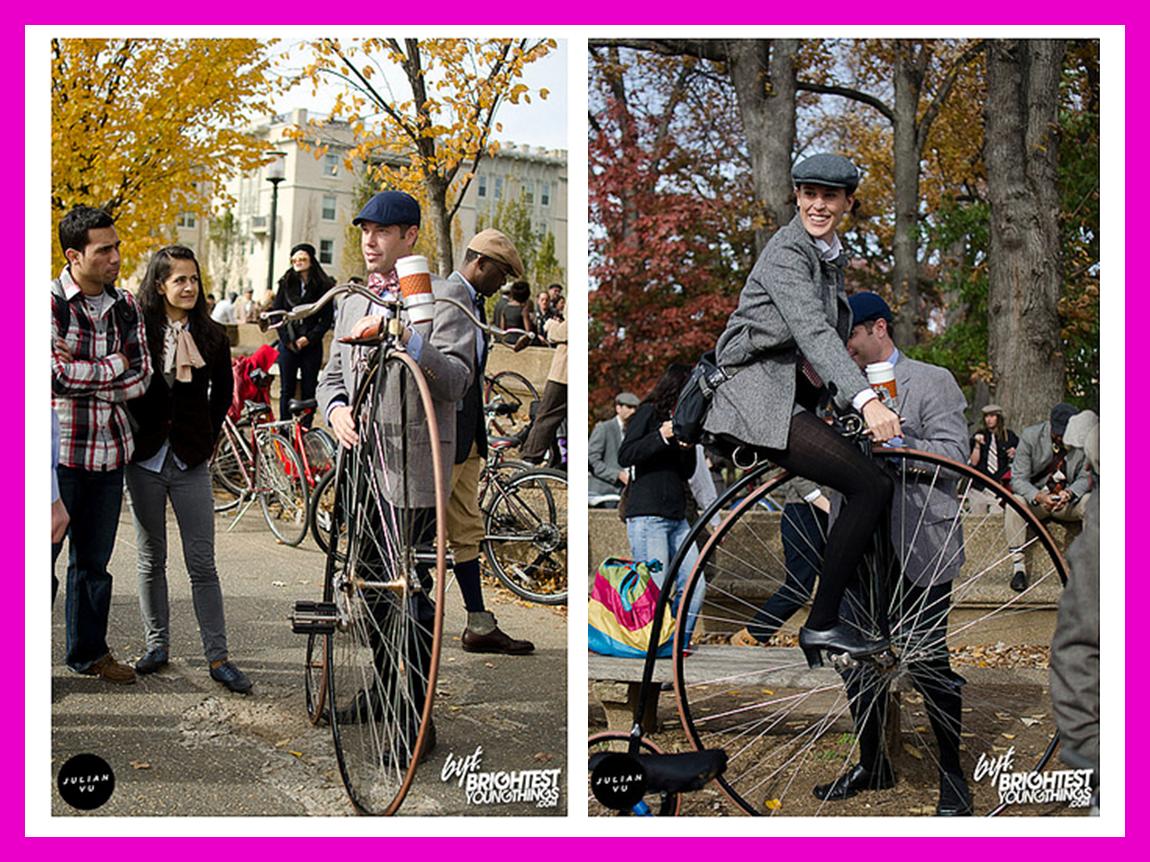Since these hipster blog posts are generating so much great discussion I thought I would bring you another example of the subculture. I came across this website after my girlfriend attempted to get me to listen to some folk bands or something that she liked. I can’t exactly recall how it happened, but I do recall her sending this website to me.










